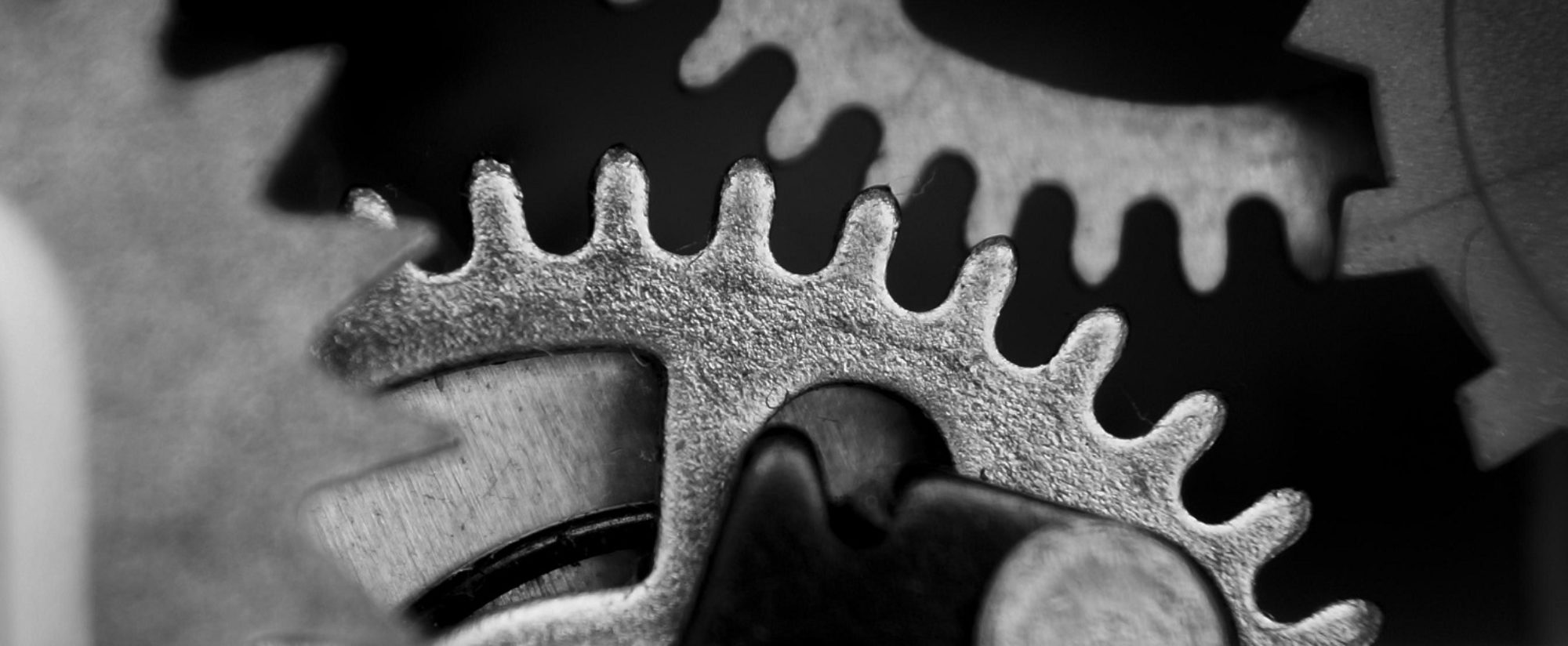Hi and welcome to this post which is part of my series on the Sparks exhibition currently hosted at Esplora in Malta until the end of August 2017. You can read the rest of the series by viewing the Sparks category.
In my previous post I wrote about Doreen Walther’s Mosquito Atlas in Germany, and how she’s using citizen scientists to perform data collection all over the country.
This story is also within the “Citizen Science” theme, only here we see Shazia Ali-Webber take it in a different direction, using citizen science as a tool for social and environmental activism.
Shazia is a solicitor who lives in London, and she became concerned about the levels of air pollution in her neighbourhood, especially since she has three young children, and young children are worse affected by pollution than adults.

Everyone should have access to clean air. -Shazia Ali-Webber
She formed a group called “I Like Clean Air” – it’s made up of concerned parents (and their children) who live nearby, and they campaign for better air quality in London (which has very high, illegal levels of pollution) through measures such as reducing the number of diesel vehicles on the streets.
Unlike other groups featured in the Sparks exhibition, this group is not a citizen science group per se – however it uses citizen science as a tool, and that is how the group members became involved in air quality monitoring.
By plotting the results of their samples on a map, campaigners can gain valuable information. On a practical level, they can find out which are the most polluted areas and streets, and avoid them when travelling through the neighbourhood, such as when walking to school. The second important use for this data, is that is serves as proof to back up their complaints, so that they can’t be easily dismissed. It’s not enough to just gather data, you also need to turn it into information, and then use it to further your cause. This same approach can work well for other community issues too.

The members of Shazia’s air pollution campaign group also claim that they noticed that their children’s wheezing and coughing corresponded with spikes of air pollution and episodes of smog, and this has made them even more determined to campaign for better air quality.
Shazia uses different types of air monitoring devices to measure pollution. Here she is attaching one of them to a traffic light pole in the street. Many of the tools her group uses are provided (along with training) by professional scientists, which helps to ensure that the data is accurate (and can therefore be taken seriously).

Shazia’s group was helped by Mapping for Change, which helps community groups like this one to collect data and then map and analyse it. I Like Clean Air was responsible for organising the installation of diffusion tubes in many locations across their neighbourhood, and then sent the used tubes to Mapping for Change for analysis. Besides an air quality map, Mapping for Change also has a map for monitoring high noise levels, and another for street accessibility issues for people with impaired mobility.
Another monitoring device, which Shazia helped to develop, is called the BuggyAir, and it’s designed to hang from the handles of a buggy while a parent pushes their child around the neighbourhood.

The Sparks exhibition includes material used in Shazia’s campaigning for better air quality, examples of the monitoring tools which she uses to track air quality in her neighbourhood, and an interesting short film.

Citizen science is not the main focus of Shazia’s I Like Clean Air group – instead their main push is a petition. However citizen science has an important supporting role, and this story shows how science and technology can be used both to have a terrible effect on our environment and quality of life, but also to help us reclaim what we’ve lost.
Are you passionate about improving the effect of human impact on the Maltese environment? Could a citizen science group help further your cause?
